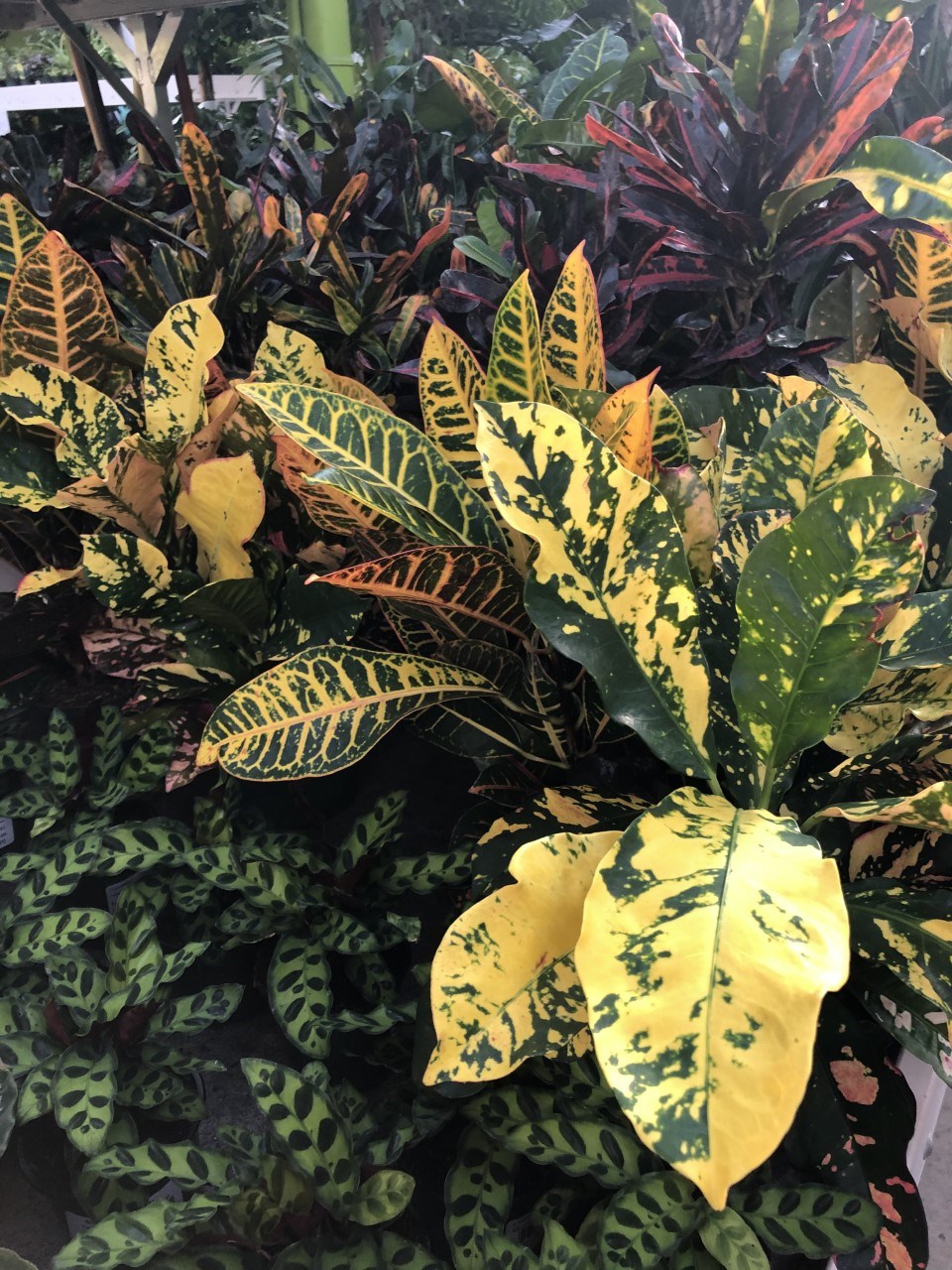The following column was submitted to the Tri-City News from Brian Minter — master gardener, best-selling author, Order of Canada recipient and co-owner of Minter Country Garden Store.
It is time now, as we get cooler evenings, to bring our summer patio tropicals back inside.
Actually, late August would have been the best time to recall your houseplants from their vacation outside.
The change in conditions is not so abrupt at that time, as it is now, and they would have adapted more quickly to the inside environment.
Half-hardy plants, however, like fuchsias, geraniums and lantanas, do not like normal household conditions, and since they will tolerate light frosts, they can remain outside probably until the end of October.
Several major problems may arise when traditional houseplants come back inside.
Unwanted visitors often come back in with them.
Many insects lay eggs on plants, and these eggs will hatch indoors and begin causing trouble almost immediately.
It would be wise to wipe the leaves down with a damp tissue and then spray three times, five to seven days apart, with Safer’s organic, broad spectrum ‘Trounce’ to make sure they’re clean.
Organic horticultural oil is also great to treat scale and other unwanted passengers.
It can be difficult for some plants to adapt to indoor fall conditions.
So, you really have to create a more humid situation around these plants until they can reacclimatize.
This is easily done by placing three bamboo canes in each pot and draping clear poly over top to create a mini hothouse.
If you mist the foliage with warm water two or three times daily, you will be able to remove the tent in about seven to 10 days. This may seem like a lot of work and can look a little tacky, but it will make a tremendous difference in the quality of your plants.
The secret to good maintenance of all plants during winter is plenty of light, lower room temperatures and moderate watering. All plants will need higher light intensity during the short, often cloudy, winter days, so place them near your east and north windows or add extra overhead light.
Not only is it more economical to run your house temperatures lower, but it is also more beneficial to your plants. Most tropicals will tolerate a low of 13 C but 18 C is preferable during winter. If your furnace comes on less frequently, the air will be more humid. If you can, leave the summer fan running on your furnace for better air circulation.
Watering is critical. When you water your indoor plants, water them thoroughly in the morning with warm water; then the secret is to allow the soil to become dry before you water again. Try this approach on your indoor plants, and I’m sure you will notice a significant difference. You can still feed at this time of year, but as we get into winter, your plants will need less food. A fertilizer, like 20-20-20, is among the best nutrient for indoor plants.
It is best to keep all your plants very rootbound for winter. It’s quite a dramatic change for plants going back inside at this time of year. So please, do not transplant them into larger containers — wait until April to upsize the pot.
They need to be rootbound in their existing pot until then.
As far as tender outdoor plants are concerned, leave them outside as long as you possibly can.
This includes dracaenas, geraniums, mandevillas and so on.
Slips and cuttings can be taken now, but ‘mother plants’, especially those near the house, can often stay out until the first real cold spell or until temperatures drop to below freezing.
You can protect them from heavy frosts by either placing them in insulated, frost-free carports or on patios in properly insulated wooden crates. It is relatively easy to overwinter half-hardy perennials and hardy annuals with just a little care to protect them from severe frosts.
It’s nice to save them to enjoy next spring.





